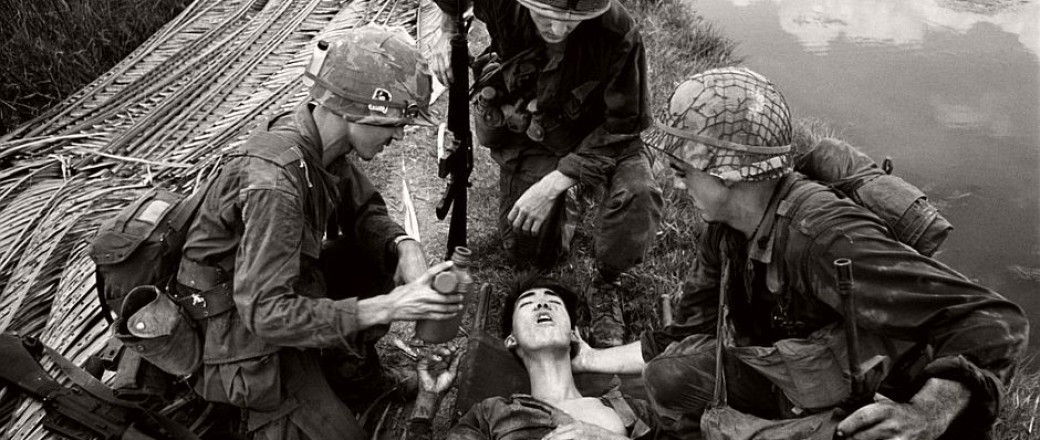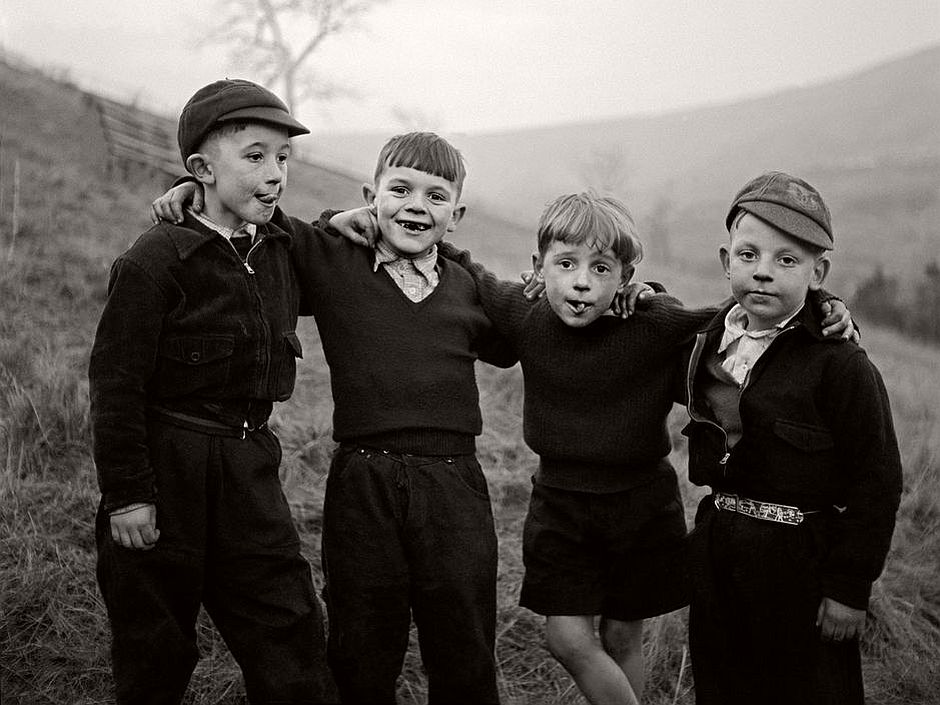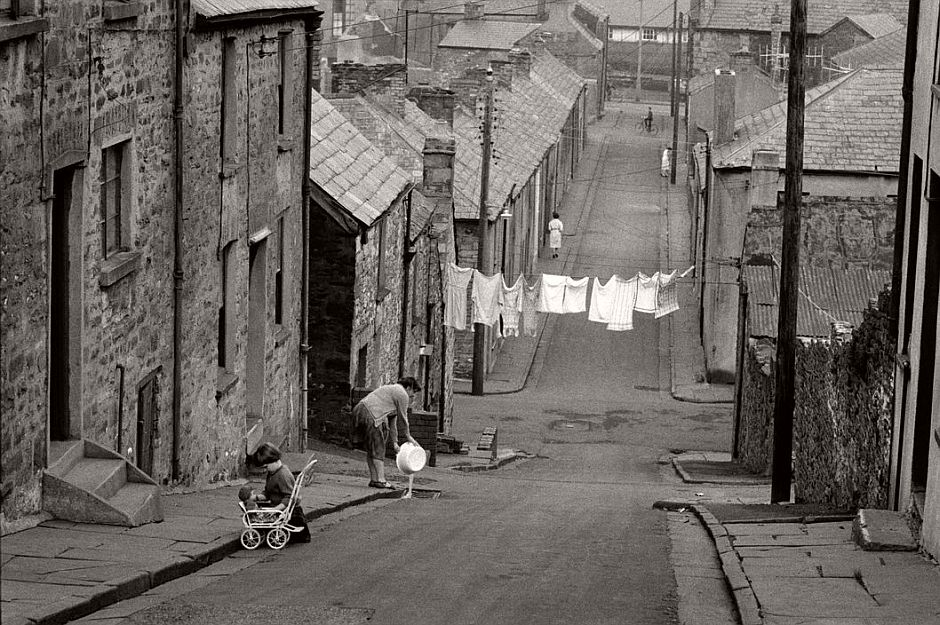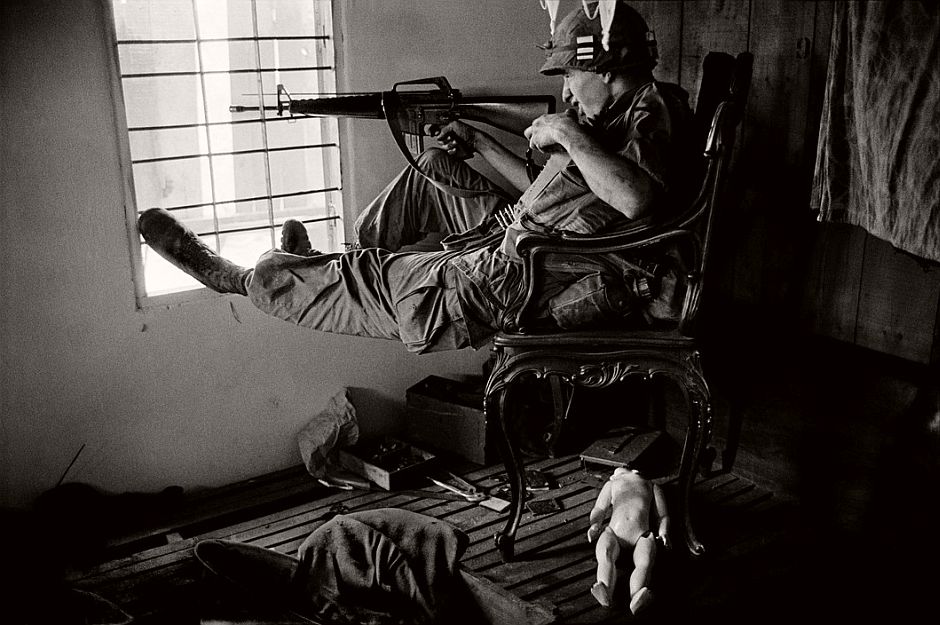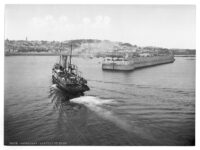A new exhibition celebrating the life and work of Philip Jones Griffiths, is to be staged at the National Library of Wales, Aberystwyth. Philip Jones Griffiths – A Welsh Focus on War and Peace features explores his early work in Britain, his world renowned photographs documenting various wars and their effects, as well as lesser known works in the period leading up to his death in 2008. For the first time, many of Griffiths’ cameras, personal papers and artefacts will also be displayed alongside his photographs.
Born in Rhuddlan, Wales, in 1936 Philip Jones Griffiths studied pharmacy in Liverpool before taking up a career as a freelance photojournalist. Griffiths is best known for his wartime photography, particularly his 1971 book ‘Vietnam Inc’, which is widely held to have been influential in helping to turn public opinion against the war. However he developed his skills through his social and documentary photography of Britain in the 1950s and 1960s. During his incredible career his assignments, often self-engineered, took him to over 120 countries and his photographs appeared in every major magazine in the world.
Philip Jones Griffiths
A Welsh Focus on War and Peace
Jun 27 – Dec 12 2015
Gregynog Gallery, National Library of Wales
Aberystwyth
Ceredigion, Wales SY23 5BW
United Kingdom

GB. Coal Miner, Wales. Miner at the Cwm colliery in South Wales. These kings of the working class sensed that their world would soon change. Miners always elicited extreme reactions from the ruling class, who saw them as enemy to be destroyed. Today they are virtually all gone – for reasons unconnected with economics. 1957.
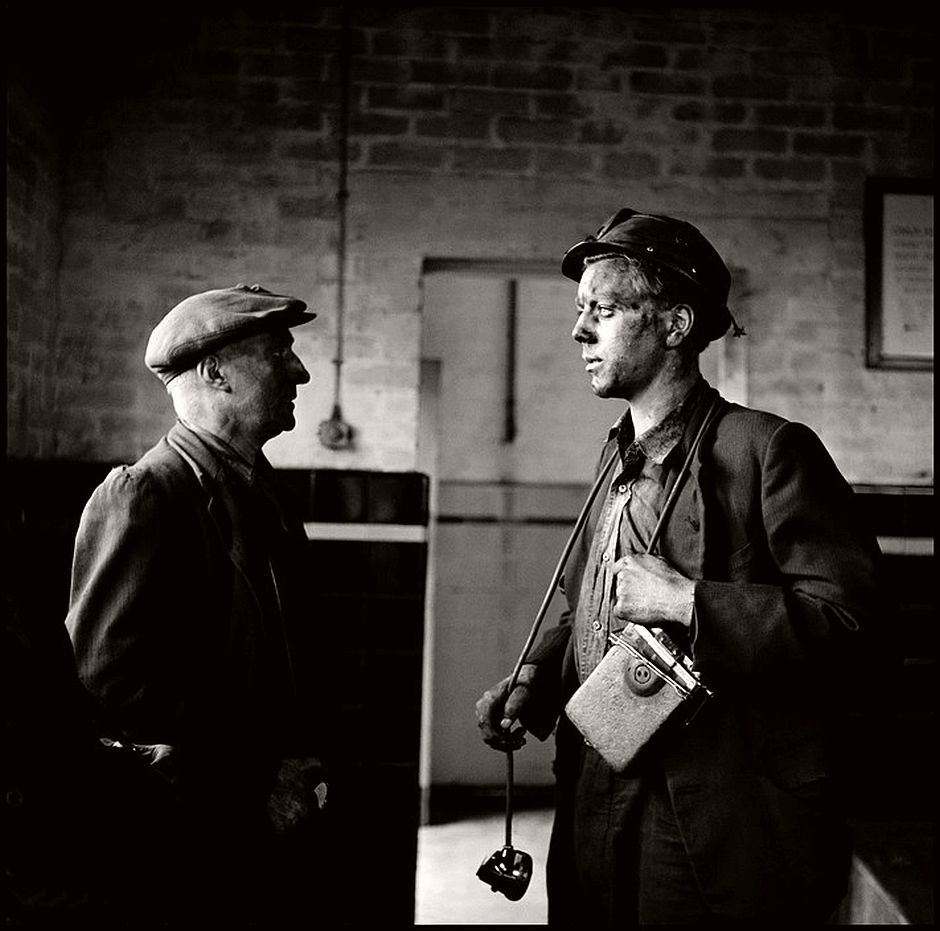
GB. WALES. Miners at the Cwm colliery in South Wales. These kings of the working class sensed that their world would soon change. Miners always elicited extreme reactions from the ruling class, who saw them as enemy to be destroyed. Today they are virtually all gone – for reasons unconnected with economics. 1957

GB. ENGLAND. 1961. This brother and sister reacted to being photographed in a way that reveals the inherently different levels of self-esteem observable in children. She was alive with the solipsism of youth, while he was still uncertain.
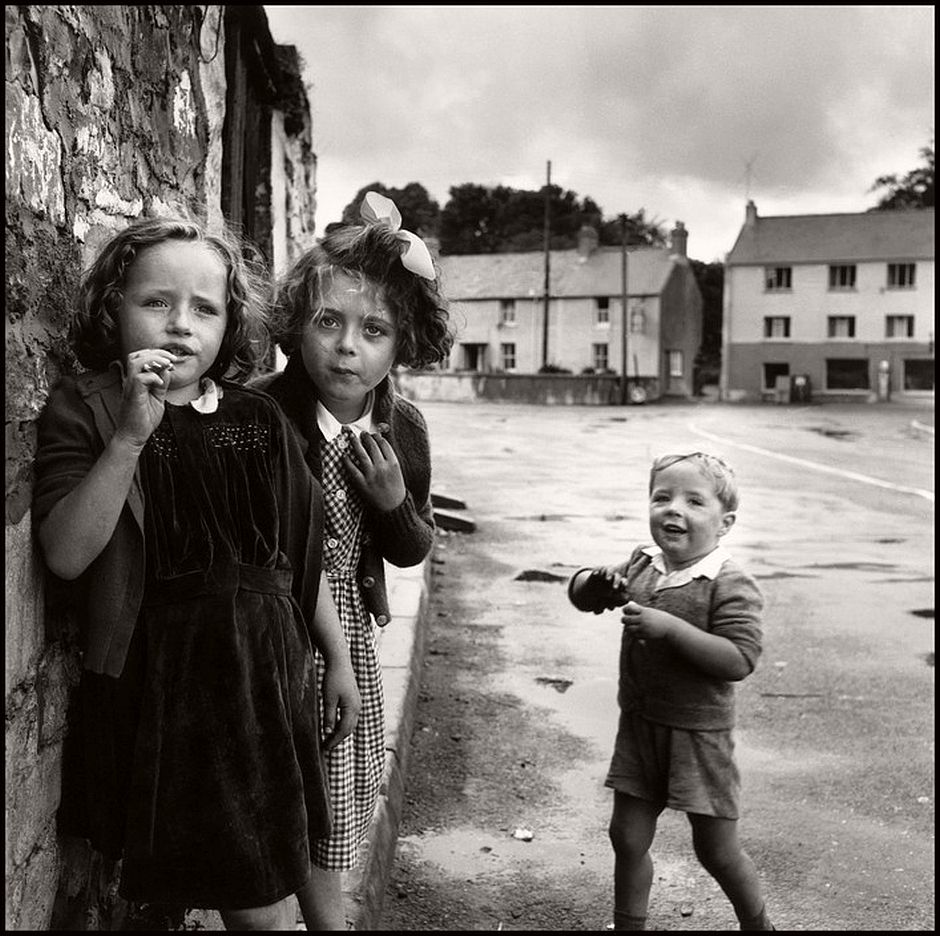
GB. WALES. In my youth a visit to the South Wales town of Laugharne was considered imperative. The longest monosyllabic place-name on the map, Laugharne was made famous by Dylan Thomas, who re-dubbed it with the wickedly dyslexic name of Llareggub. I met this sparkling girl years later – she had become the landlady of Thomas’s local pub.

VIETNAM. The battle for Saigon. American G.I’s often showed compassion toward the Vietcong. This sprang from a soldierly admiration for their dedication and bravery; qualities difficult to discern in the average government soldier. This VC had fought for three days with his intestines in a cooking bowl strapped onto his stomach. 1968

